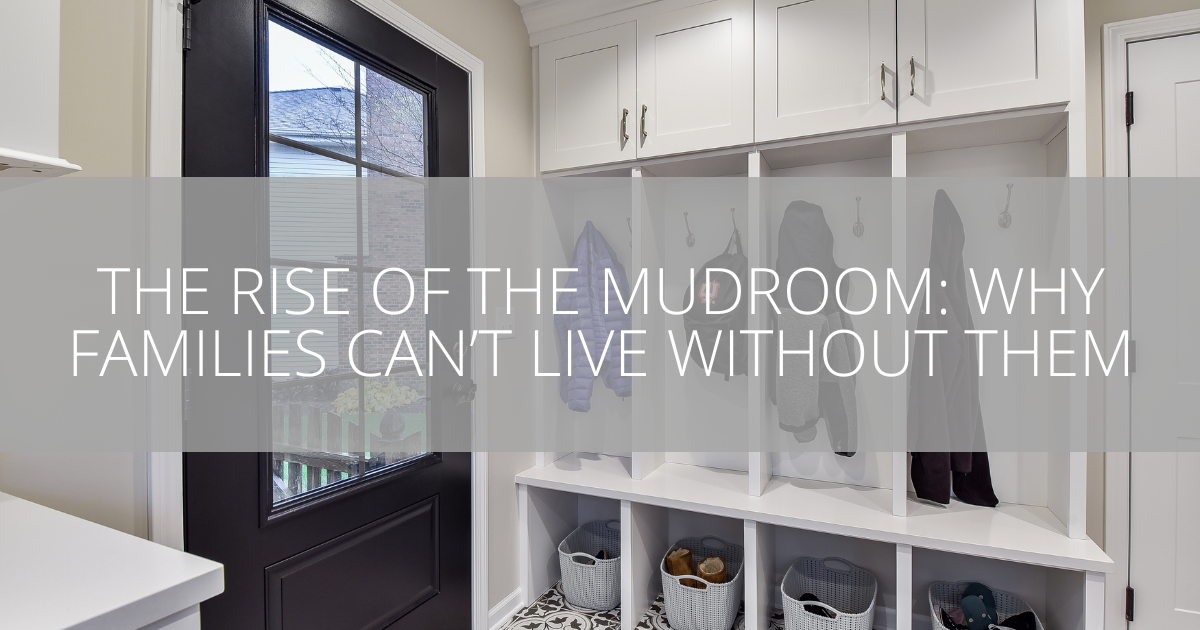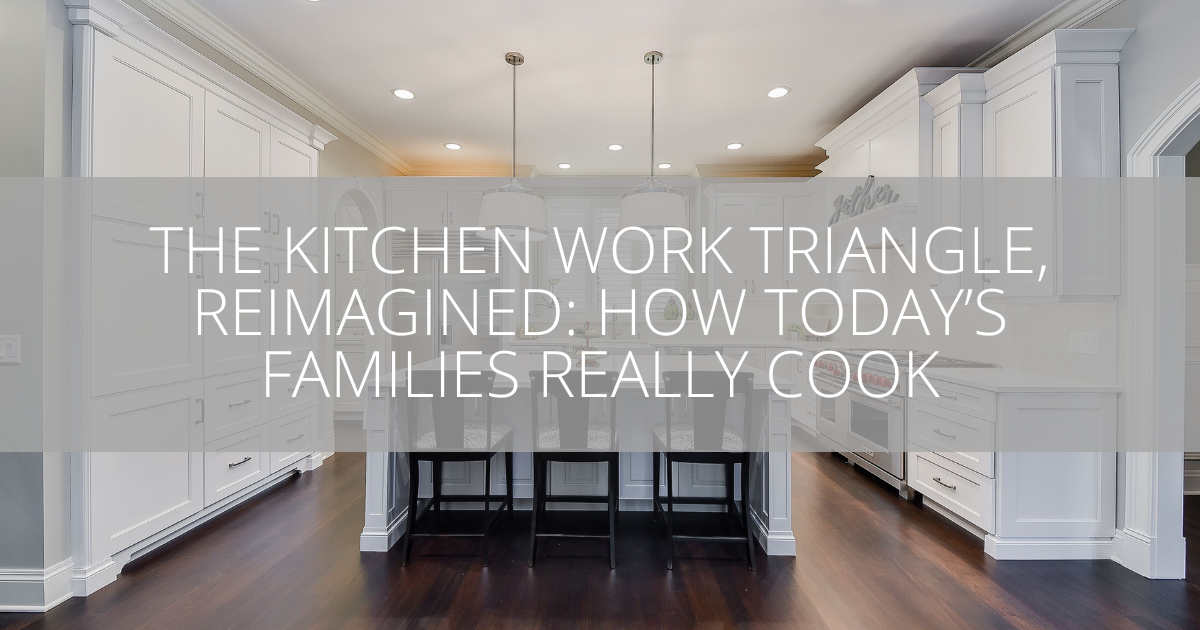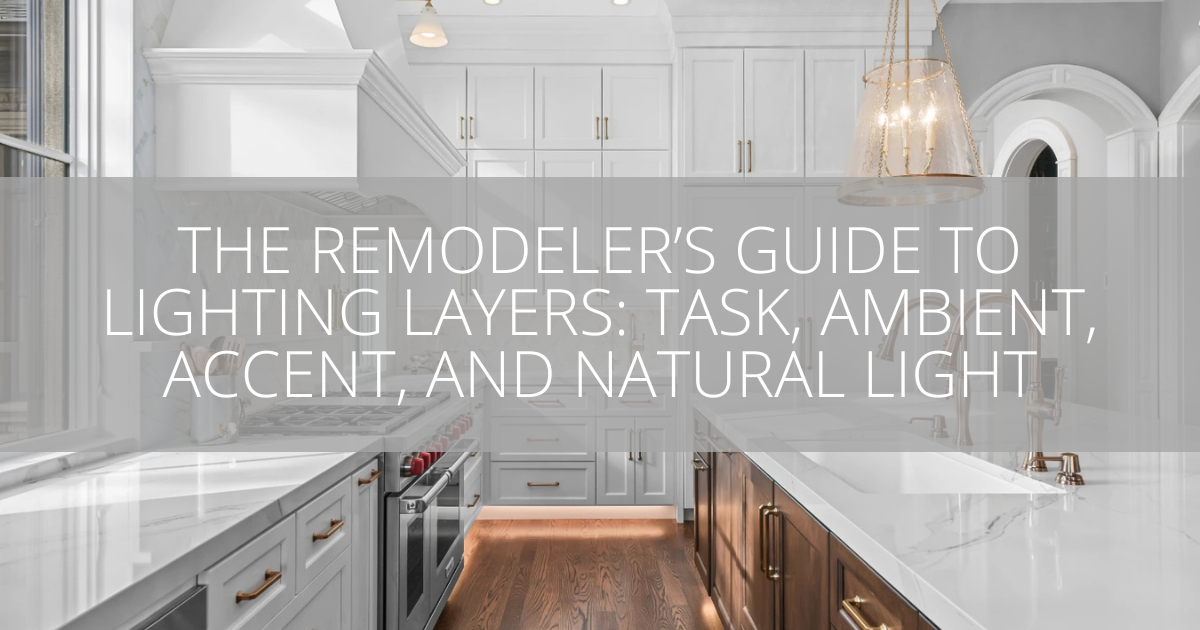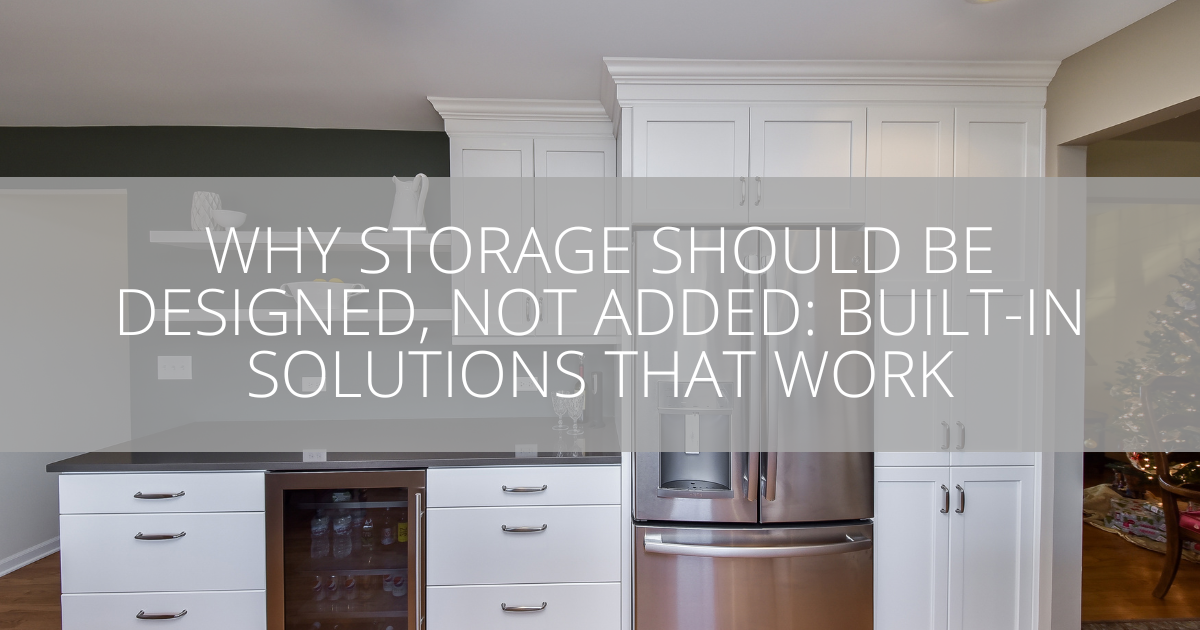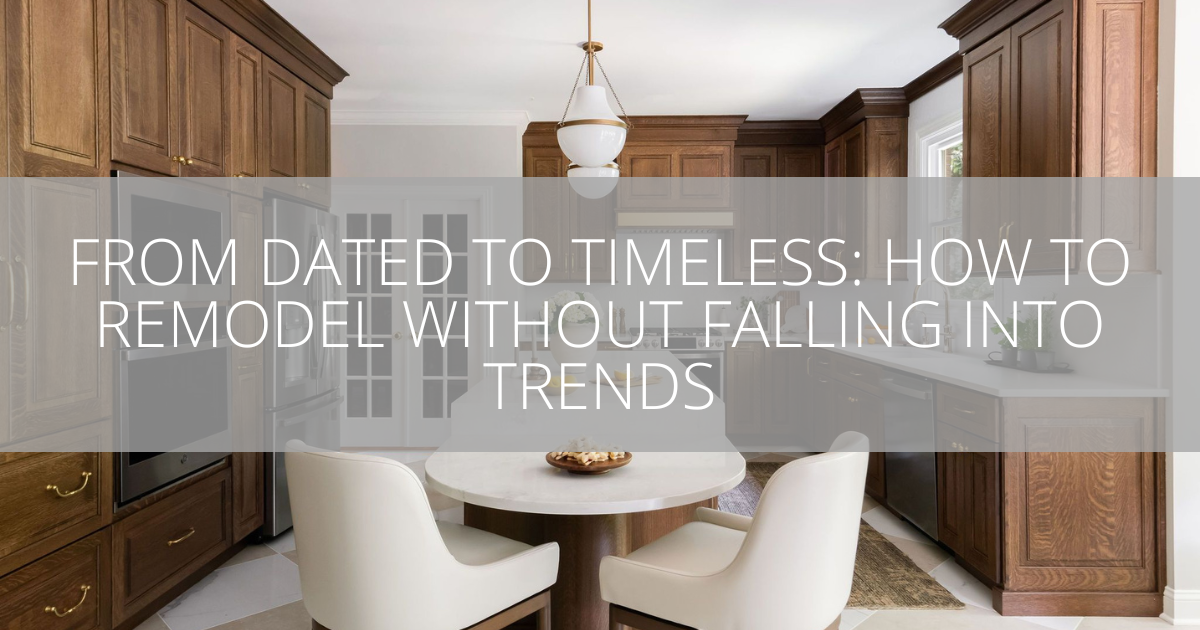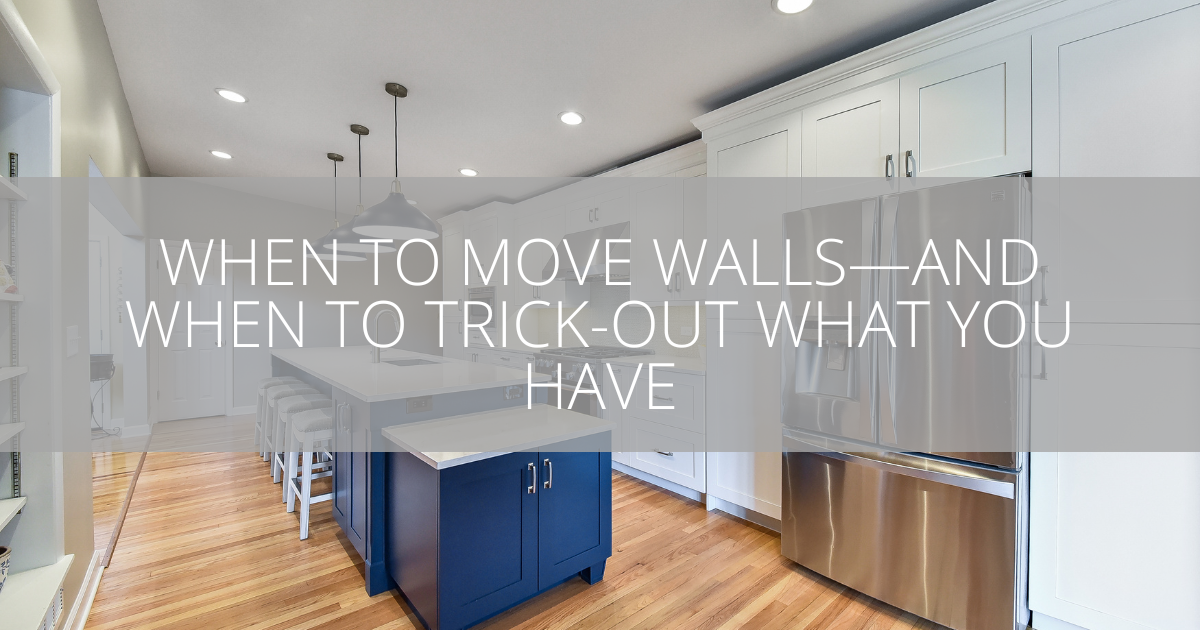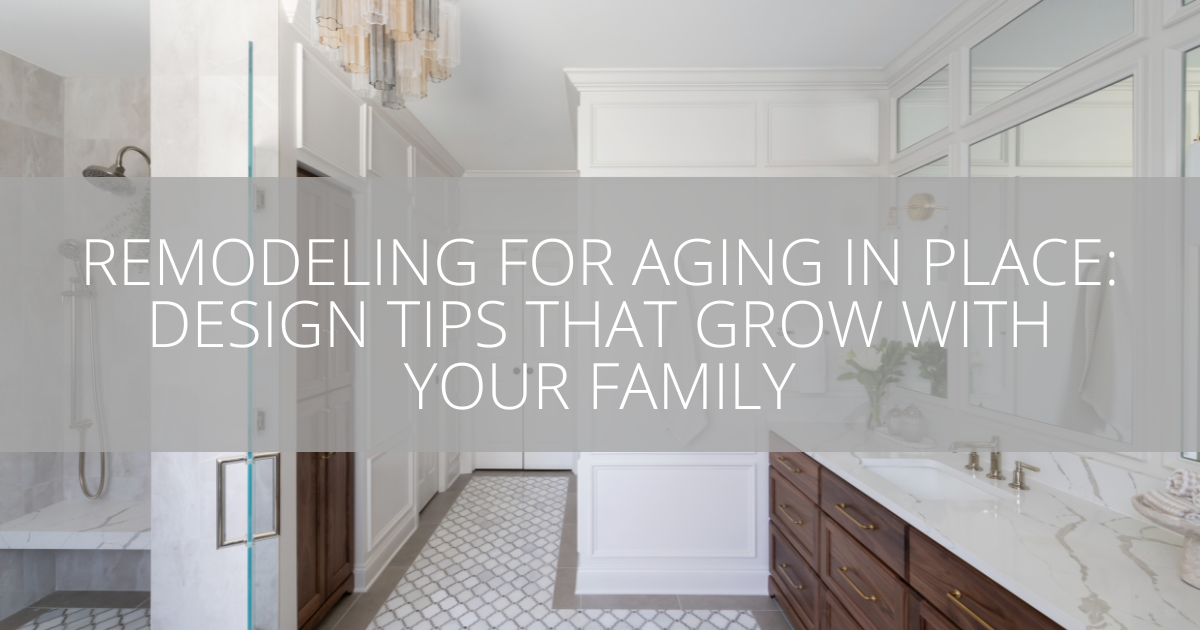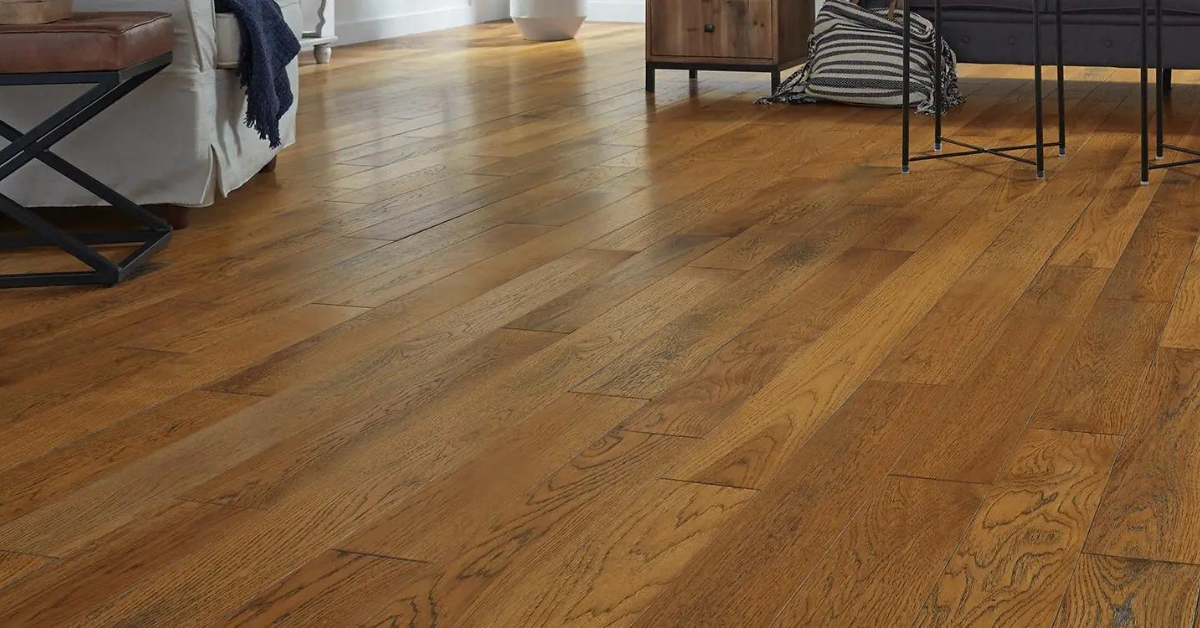
scholarlyoa
DARK HARDWOOD FLOORS
Choosing the best hardwood floors for your home begins with a “hardwood hardness” (density) scale that translates into: the tighter the grain, the more damage-resistant the floor. Now is a good time to check for use vs. density, when you choose your floor species, in order to fit in with the way your family lives.
For several years now, we’ve seen dark hardwood floors gradually become the standard, rather than the exception. However, it’s good to discover ideas on how colors are being used today.
Here are some tips about dark hardwood floors you’ll want to consider as you choose the tone you prefer:
- Easy care, using your softest mop and favorite furniture polish (no water).
- Staining wood floors is just a once every 10 or 15-year project.
- Durable; equitable price against use.
- Major aesthetic appeal: as a contrast with light walls and makes furnishings “pop”.
One consideration to keep in mind is that dark hardwood and staining existing wood floors can highlight dirt and stains and tend to scratch rather easily. But personally I wouldn’t let that put you off, it also has a great knack of being able to disguise gaps or slightly uneven surfaces. So I think a balancing act is at play that many of us are aware of. A dark hardwood floor also has the distinct advantage of being able to have its finish accentuated and highlighted with the vast range found when staining wood floors. gloss, high gloss, semi-gloss, matte and satin all stake their claim as equally appealing, it just gets down to preference and what suits the space.
Other considerations before making your final decision:
- Dents and scratches show more prominently on dark floors
- Dull spots occur more often; use a low-sheen finish
- Dark floors seem to make small rooms feel smaller; compensate with bright area rug
- Dust and dirt are very obvious; regular dry mopping will keep them looking good.
GREY HARDWOOD FLOORS
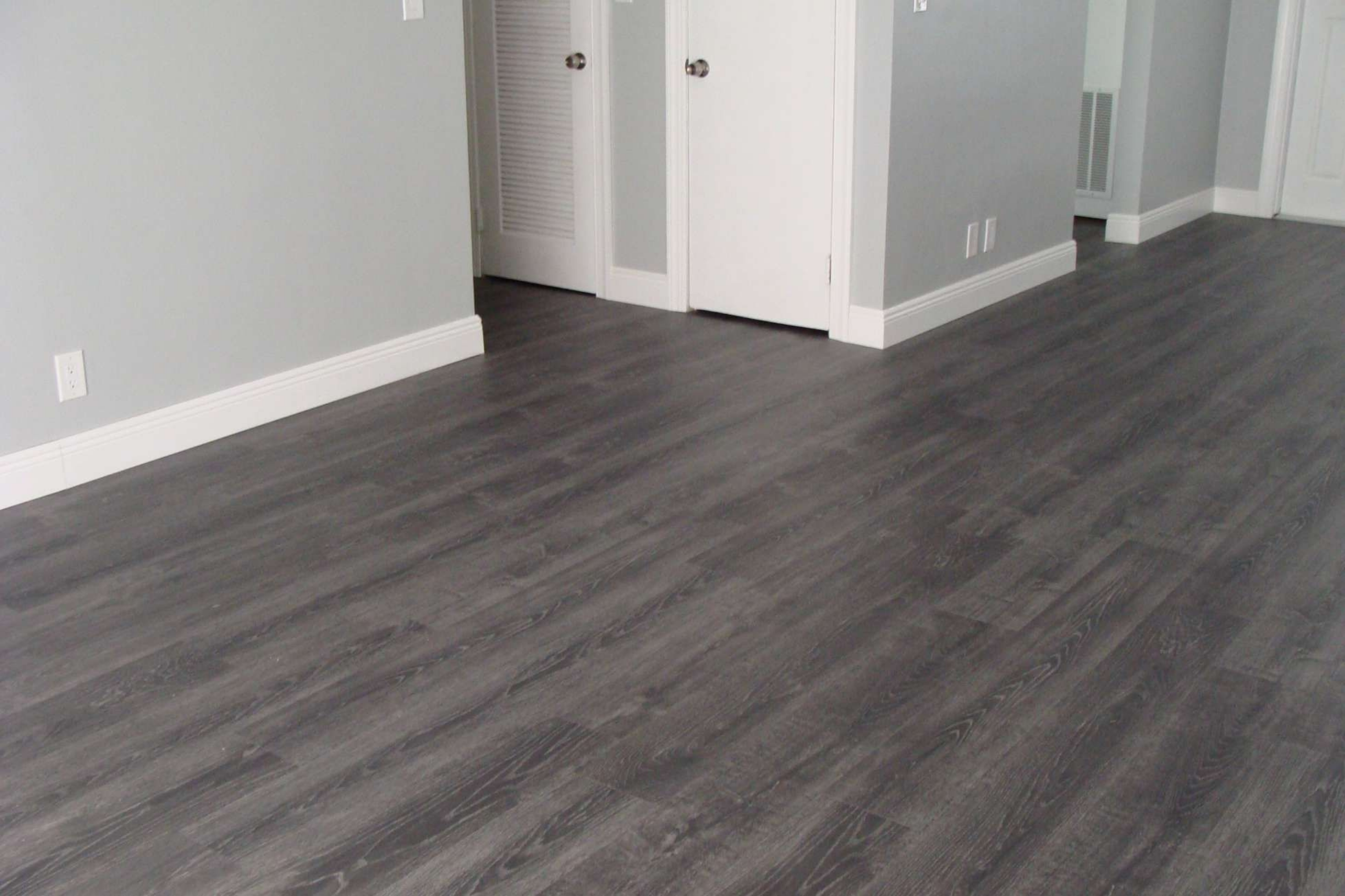
One of the best things about wood floors, as opposed to carpets, is being able to clean them right down to the surface. Great for families whose children play on the floor. In particular, grey hardwood floors have a clean, fresh look without appearing sterile and one of those colors in current trends lists. Good looking as a fit with the modern, sleek style of a well-equipped kitchen or a den with an impressive collection of audio-visual set-ups. As crisp and minimalist as a grey hardwood floor can look, a softer shade can be achieved for bedroom floors with a grey stain having an aged effect, especially if applied over a distressing treatment.
If you’re sold on Gray, it’s just a matter of working out if you are a slightly lighter or darker shade kind of person. The beauty is that the shade of Gray can be as unique as you like – the process is in simple terms mixing white with ebony polyurethane until your palate is satisfied. A lot of people tend to fall into the trap of selecting the cheapest option though – its best to opt for a higher grade water based polyurethane polish which will give you good durability (trafficable quality) and won’t run into trouble such as yellowing. Also be sure to check out the Grey Satin hardwood floor option – the polish finish is less glossy which many clients like – especially if their kitchen is not a gloss finish.
Quite charming in a “shabby chic” room, it may be that just re-staining is what you need as the proper preparation before applying.
Ask the contractor for several grey stain samples and his advice on which color will work on your existing floor. Grey—easy to keep clean and a great partner with most other colors.
WHITEWASHED WOOD FLOORS

Renovation Semi-Pros
I just love the rustic charm of White Wash Wood Floors. I have even seen clients use White Wood Stain finished wood on their walls. Given the nature of the neutral light coloring, a White Wash Wood Floor has the distinct advantage of brightening up rooms – a real advantage in homes that don’t receive a lot of natural light. But of course White Wash Wood Floors and White Wood Stain present a conundrum for clients if they have even a small amount of dark furnishings, as the White Wash is a stark contrast. Having whitewashed floors is just naturally going to have a great impact—and if you compliment them with blue in any shade from Mediterranean to Navy, it works out well surprisingly. It does have the advantage of hiding deep scratches and stains, but dark scuff marks or deep scratches can be a nuisance as the timber beneath is obviously dark.
To achieve white washed wood floors (you can mix lime and water, or use milk paint or other white liquids in popular use common to a particular historical time). To use a real white wash will require a complete sand-down of the existing floor, right down to the grain—labor intensive. Then, if/when you can, check the grain and see how it compares because the grain will determine how much white wash it will take for the wood to absorb and keep with the help of several coats of sealant to hold down the sand effects. Be sure to go for a durable, water based polyurethane polish and ask for two coats to gain better resistance to scratches and wear.
White wood stain is finding its way into many homes whose owners want a brighter floor surface for small rooms or rooms with few windows. They can also be a beautiful choice for large rooms where a less conventional style, for example Scandinavian, by Staffan Tollgard of Staffan Tollgard Design Group is used here. More variations have to do with how the floor is subjected to certain user conditions and we get back to the impervious feature. You can see how the professional installer can justify using a multi-layer sealant for you to maintain this floor to keep its clean look.
WIDE PLANK WOOD FLOORING
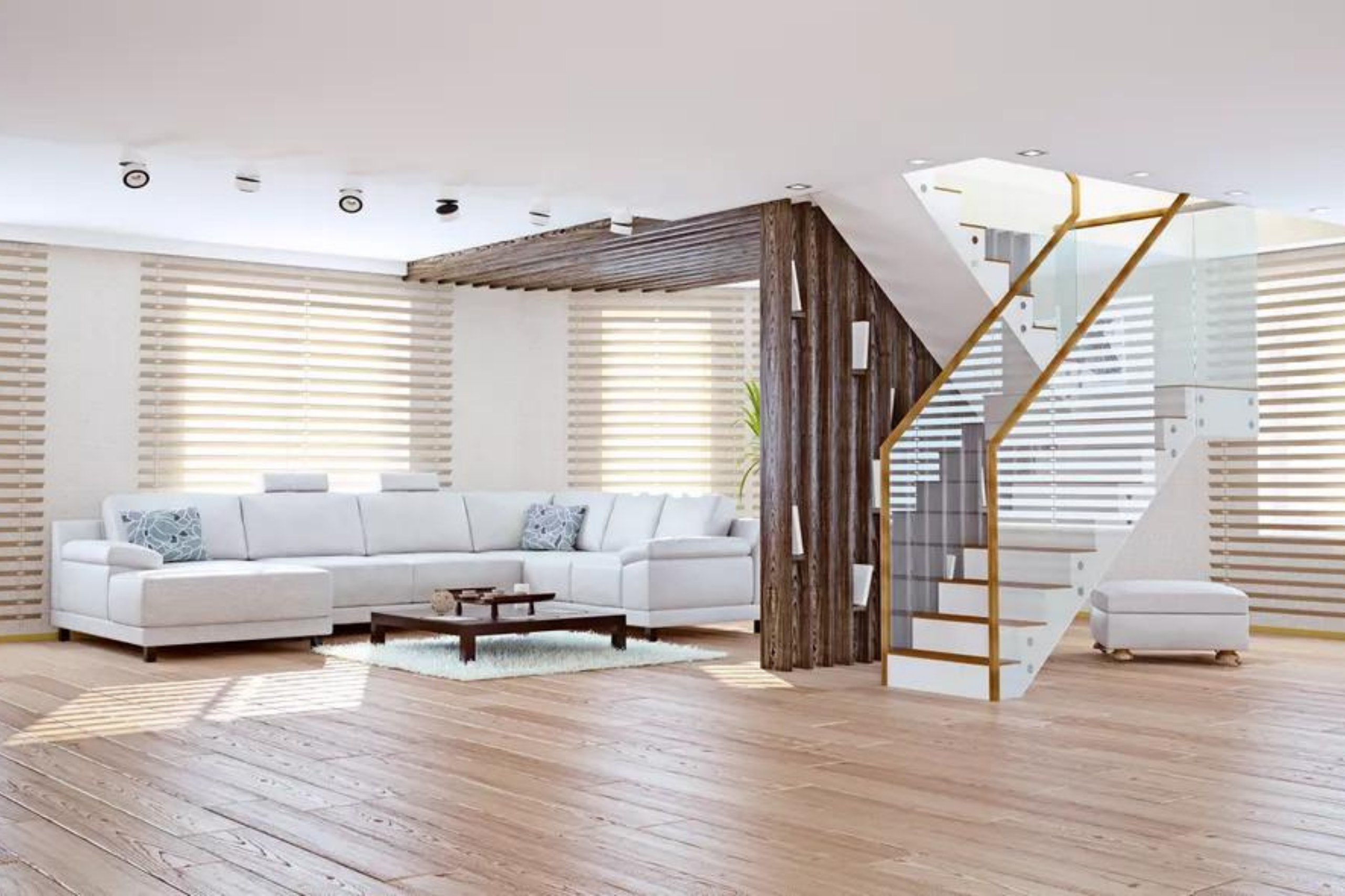
The Spruce
I think the appeal of Wide Planks comes down to their ability to make a space feel larger. Reminiscent of early colonial homes, wide plank wood flooring will make itself at home in spaces that date back to the European style that developed it.
Be sure to check what is going to be under the planks because these require an absolutely level prime surface. The contractor should assure you that the floor will be precisely level. Installing wood planks will be a bit different than the long slim lengths we usually see on the floor. You might notice that the horizontal seams do not match. This is purposeful and characterizes the design to make it more authentic.
I am sure people could come up with plenty of drawbacks, but I really can’t say too many bad things about Wide Plank Wood Flooring – maybe the fact that they can be subject to cupping (the edges of the plank curling upwards) if you buy from an unreputable supplier or don’t allow them to season properly, but these days you should be ok – but be sure to ask the question.
WOOD PLANKS
Wood planks are among the most desirable flooring materials due to their long-term benefits over mass-produced strip flooring.
Four resources are responsible for producing the best of the best in a species for its longevity and trouble-free performance:
- Geographical sourcing
- Heartwood content
- Type of drying regimen applied
- Special order vs. standard milled
For the best finished product, ask a dealer about the manufacturer that sources from the geographical areas most beneficial for each species, milled with the most heartwood content, using air drying as well as kiln drying, and offering made-to-order flooring. It’s expensive but the return is 10-fold.
New York and Pennsylvania produce the finest Hickory, White Oak, and Cherry. The Midwest produces the finest Walnut. New England produces the finest Birch, Red Oak, Maple, and Brown Maple forests yield a stronger product than that growth in the south, due to the harsh winter they must endure.
The ideal climate for each species , is one where it can grow more slowly, which will then exhibit a wider girth and a taller at mature tree.
RECLAIMED WOOD FLOORING
Woodworkers Guild of America tells us “Most reclaimed lumber comes from timbers and decking rescued from old barns, factories, and warehouses, although some companies use wood from less traditional structures such as boxcars, coal mines and wine barrels”. But a careful assessment of the distributor, such as how long they’ve been in business, or their membership in associations or a BBB rating, are all good areas to check before buying this material. If you’re hiring a contractor, you may want to consult with them first.
Choosing reclaimed barn wood is a popular selection for many homeowners and if you are looking for a warm atmosphere, this is the material to use. Its feel invites a closer look and adds character to the room. It can achieve a polished look and still retain a vintage feeling. The Woodworkers Guild of America has given its members a process to use this reclaimed wood for use.
Reclaimed barn wood is, by far, the most popular. No doubt because it’s weathered look on one side and its fairly level surface make it both attractive and easy to install.
PROS & CONS:
It is an attractive material when used in a proper setting and being reconditioned will perform as expected. It can stand punishment without looking damaged and will add value to your home. The only issue with reclaimed wood is the tensle strength—its ability to flex without breaking. (It’s been unprotected from the weather and has probably done a good deal of drying out.) Discussing the issue with your contractor should put this issue to rest with a quality guarantee.
Be sure to take a sample of a few boards and put them in your home or building first to get a really good idea of how it will work in the space. Reclaimed Wood Flooring and Barn Wood will be a standout feature of the room. Knots, old nail holes and blemishes may look fantastic in the showroom, but I have heard accounts of people finding them too overpowering and not working with their personal style and influences.
DISTRESSED HARDWOOD FLOORING
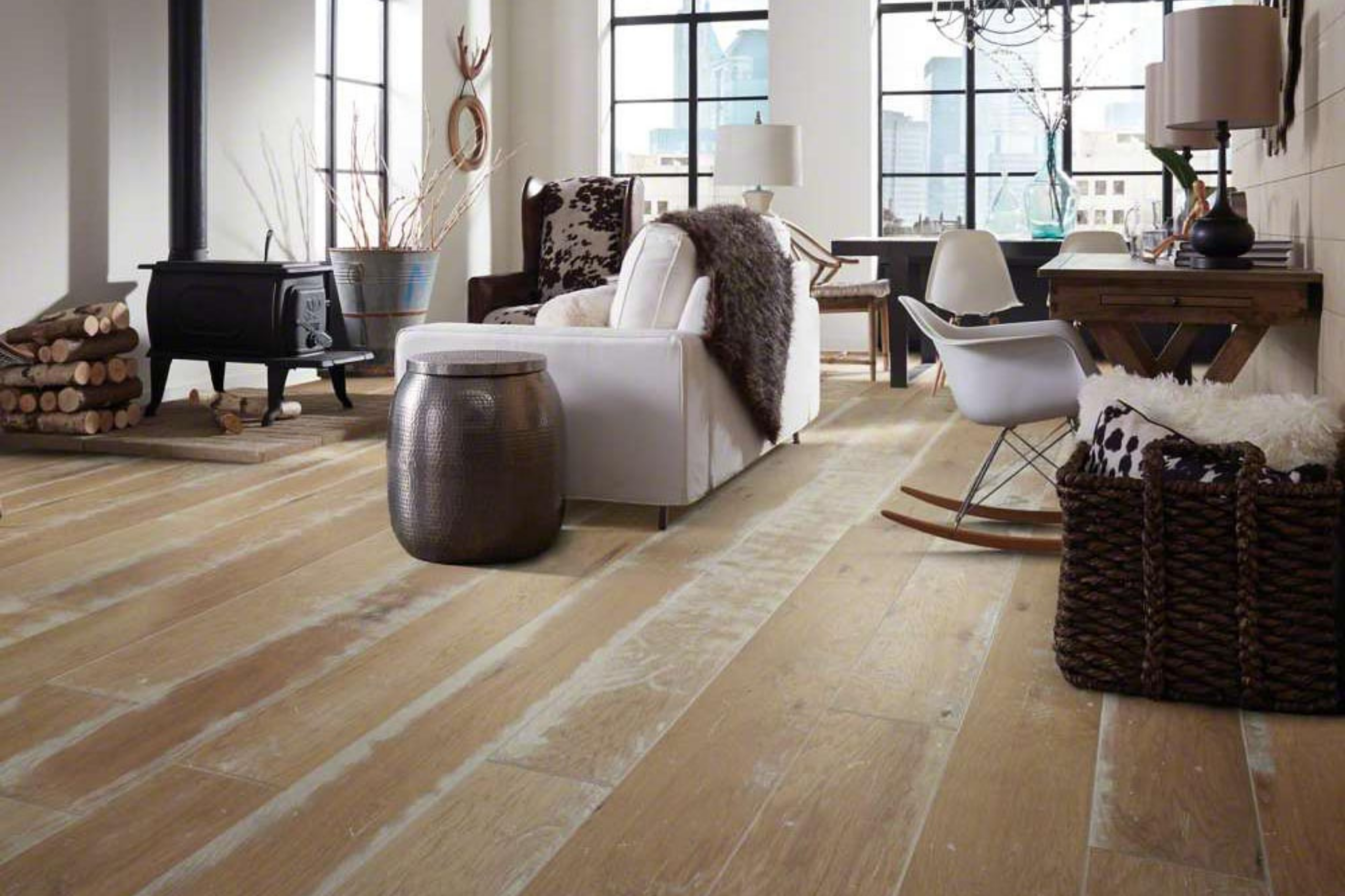
Rugs Rolls & More
For a lively floor that tolerates punishment, the distressed hardwood floor should top the list. As the name suggests Distressed Hardwood Flooring is a handcrafted technique that stresses the timber in varying ways to give differing effects. However now isn’t the time to be stressed, in fact its name couldn’t be further from the truth. Distressed Hardwood Flooring has emerged as a front runner due to its array of interesting and unique designs and colors. Therefore many people find the unique qualities highly appealing. Already full of dents and various figures that cross the grain, it’s right at home in a family environment (with “family assistance”) and will serve it well for many years. The distressing is an interesting process as the wood is mistreated to a series of wacks, nail-imprints and various other punshiments. This process enhances the wood’s appearance to give it a character that regular flooring can only achieve through a spectacular grain.
Once the distressing has been applied evenly, the flooring is finished and ready to install. Great in a den or Florida Room—even a country kitchen would appreciate its company. And the best about them is the sense of history they seem to express. So then they can tell your family’s history as well.
The defects can be relatively insignificant or not a defect at all to one client, but to the next an absolute deal breaker. The funny thing is that neither is right or wrong. There is a simple solution however if you are a little tentative, buy a few extra planks to have on standby in case you come across one you aren’t completely happy with and be sure to speak up. Voice your concerns with a plank with your installer
You’ll find them in variety of colors, much the same as regular flooring, so that they can harmonize with the scheme planned or already in place. The finishes on distress hardwood floors are sturdy. It will come in oil, as a matte finish, polyurethane in low or semi-gloss designed to show off the natural colors and patterns in the wood. It’s a great protective material and will serve long enough to have a second set of children playing on it.
ENGINEERED WOOD FLOORING
Engineered hardwoods are becoming very popular due to their lower cost than traditional Hardwood Floors, are easier to install (and is possible to DIY), can be more resilient to moisture, very stable and have less of an impact on the environment due to the top layer veneer being the only part of the composite that is made of highly prized Wood (think of 200 year old oak trees that are saved). The first advantage provided by engineered wood flooring is its use below ground level, a place forbidden to natural wood products. The difference being its resistance to moisture due to its laminated construction of 3 or more thin wood sheets (called plies. Placed in opposite directions (cross-ply) construction to each other while in the manufacturing process. This construction allows a dimensional stability unaffected by moisture and temperature changes unlike solid wood floors. The construction also works to resist changes in temperature that normally affects natural wood to expand or contract. The material comes in ¼” to 9/16″ thick and from 2 ¼” to 7″ in width. Coming in widths of 3″, 5″ and 7″ planks allows a random application that adds a natural look to the installation, as lengths are produced from 12″ to 60″.
It also allows the top layer to be composed of a different wood than the lower layers, found in many different types of domestic wood species—exotic as well.
Another type of engineered hardwood is called the “long strip” meaning the top; finish layer is composed of several layers of laminated wood plies to make a single plank. The center core is composed of a softer wood and used to create the tongue and groove. The advantage of this type of construction is the effect it creates with the top layer being almost any hardwood species and the underlayer can be comprised of smaller individual pieces usually laid in two or three rows. The visual is the illusion of one large plank, 2 or 3 narrow planks wide and several planks long. Now they can come in planks 86″ long and 7 ½” wide—usually with 17 and 35 shorter pieces that make up the top layer of each board. They can be glued or stapled down over a wide variety of subfloors and on any grade level. What a nice reward for a basement room that needed the warmth of wood to make it more habitable.
SOLID HARDWOOD FLOORING
People have always loved and preferred the look and feel that only Solid Hardwood Flooring can provide. Solid Hardwood can look just as good today as it did 50 years ago and I think that has a lot to do with the underlying psychology behind the trend. We needn’t worry about it going out of style – in fact the “amazing Solid Hardwood Floors” is possibly what our realtor first identified as a feature when we walked into a new home to purchase.
Let’s get down to the facts, firstly it can be expensive – really expensive. The reasons are generally down to supplier markup and supply chains available to your area. If you love maple but it has to come in from a few states away, you’re going to be paying for it. Furthermore, while installation costs can be argued across all the differing types of flooring, with Solid Hardwood Flooring, the carpenters are working harder with the wood and floor joists, and combined with the nailing involved (not to mention secret nailing if that’s your preference) they will be spending more time to get the job done – which equates to cost going up… But let’s be honest I’m not going to convince you the extra dollars aren’t worth it.
Oak is the go-to species for solid hardwood flooring application and there are several different characteristics from which to choose. Be careful and aware of what you are buying… Solid oak flooring in the Clear Oak version is said to be like a “flawless diamond” with no blemishes or knots, but expensive. If the room deserves it: make the investment, otherwise you can choose from either a Select Oak or a Better Oak, each with little knots and some dark graining, but we can call it “character”. There are more grades you may want to consider, depending on the room where the floor will be installed.
Whichever you decide to use, know that all are moisture sensitive, so where you put it needs to be secure from moisture so that it doesn’t act funky and change its appearance. Temperatures will also affect it; hot and it expands, but cold and it contracts and bows up. Your contractor will have experienced these issues and should compensate for them as best as possible.
The immediate advantage to using factory prefinished solid hardwood flooring is its timesaving factor. It gets installed straight from the box. No sanding, no staining, just out and on. You pick the color from samples that promise an exact match and you would be surprised at how close some of the colors match a floor in your house. The next charming attribute is how hard it is. It does not suffer punishment due to its 7-10 coats of Aluminum Oxide finish, more durable than any applied finish. This won’t be the last floor you’ll cover with prefinished hardwood floooring.
SAND & STAIN WOOD FLOORS
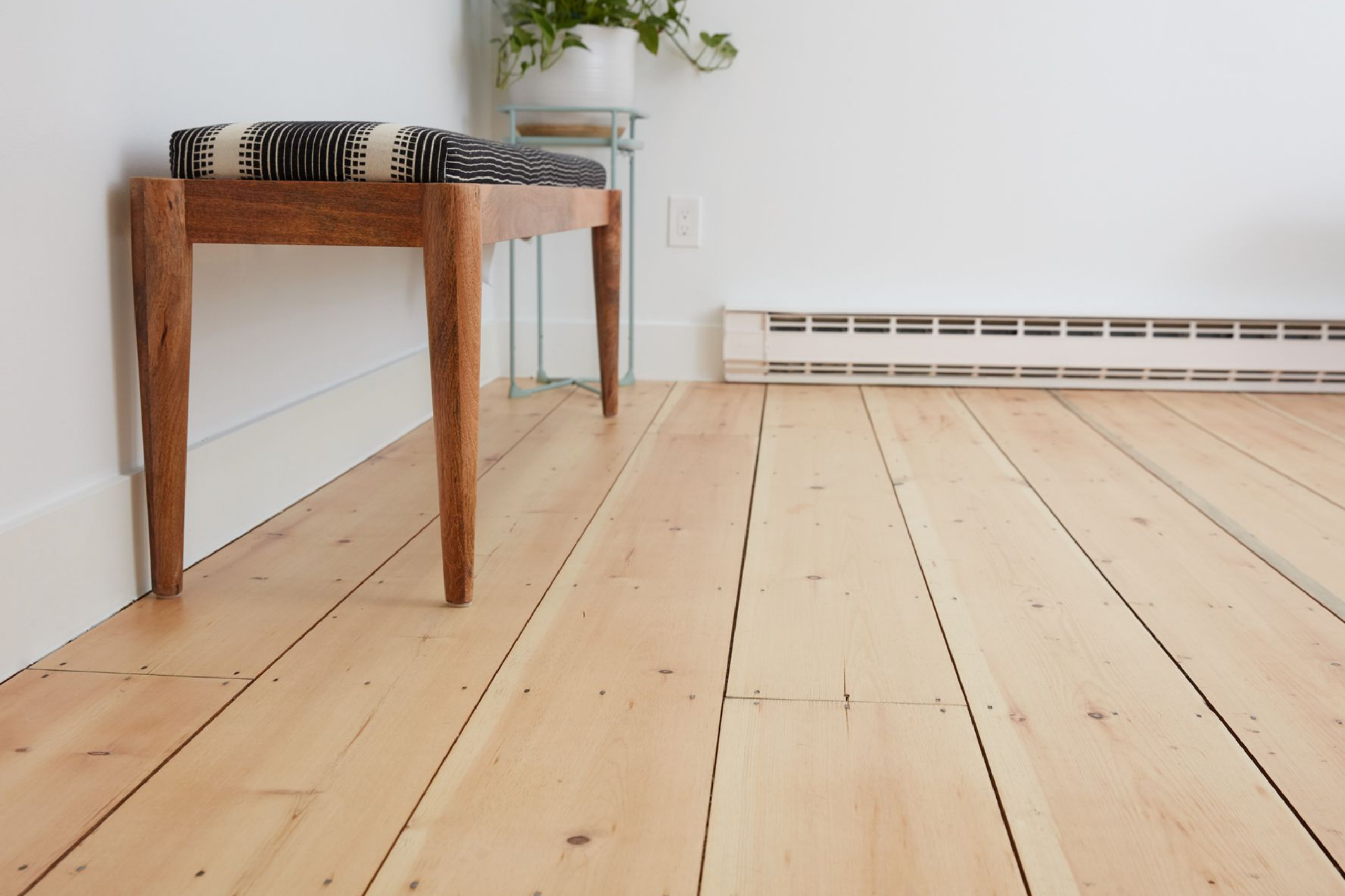
The Spruce
To brighten up a home, Sanding and Staining Hardwood Floors seems so obvious to a lot of us. However it is actually quite an interesting subject as the world of Sanding and Staining hardwood floors has advanced from a technological and an aesthetic standpoint. Technology in stain has become very exacting, with durable, trafficable qualities, resistance to moisture and scratching – even down to the environmental volatility being reduced so that the fumes don’t linger as long.
Sanding and staining wood floors are tedious activities and we emphatically encourage non-professionals to consider hiring the experienced service providers.
- You’ll be more satisfied with the results.
- Your back and legs won’t hurt.
You can just stand back and appreciate the job well done. Then walk in and use the room in good cheer.
However, when you are seriously ready to sand and stain wood floors, take some time to think about what colors appeal to you. Visit the paint section in your local home improvement store and look at the samples they have. Buy a small can of each color you favor. Pick a few places on the floor you plan to treat and remove the current finish. Apply some of your choices and wait overnight. Best to see them dry, in the light of day. In addition, here are some ideas that may help you make decisions about whether the process will work with your floor:
Check the grain for impervious rating (mentioned above); this will also tell you how well it will absorb the stain.
Try a 1′ x 1′ patch in a corner. Check for surface defects. You may have to spend some quality time with a small electric hand sander to remove some of them.
Apply a small amount of stain and see how the wood absorbs it. Go all the way to the finish coats and see what a sealer looks like. You want the complete picture. Decision made.
HARDWOOD FLOOR FINISHES
With several finishes available to protect the floor, the decision comes down to what results best fit the conditions where it will be used as well as affecting the color you wish to see. Getting samples of how they will look over the color you choose will help make this decision. Consult with your contractor or local expert to discuss conditions vs. finish.
FINISHING HARDWOOD FLOORS:
Check the contractor’s credentials thoroughly before you hire them. Is the contractor a member of a wood flooring association? Does the contractor guarantee the work for a specified period of time? The usual period is one year; the contractor who guarantees it for 3 is the one you want.
How long will the job take?
| FINISH TYPE | COLOR | DRYING TIME | LONGEVITY |
|---|---|---|---|
| Moisture-cured | Clear to amber | 2 to 3 hours | More moisture resistant |
| Acid-cured | Clear to slightly amber | 2 to 3 hours | High longevity |
| Oil-based Amber | Amber | 2 to 3 hours | Good longevity |
| Water-based | Clear and resist yellowing | 2 to 3 hours | Good longevity |
Upon completing installation, the applicator must go through a series of steps to ensure that the planks will stay exactly where they’ve been placed—won’t come loose or bow up–. He does this by tapping them in place and stapling them to the hardboard underlayment through a flange on one side. The other side of the plank is held in place by the flange that has been stapled in place before it.
Starting at one side of the room and then working from one end to the other, the job is done at a fast pace. Once in place, the operator begins the final steps to finish the floor.
Using a wide squeegy of sorts, a filler material is spread throughout the floor filling all the cracks between the planks. Once completed, the floor is sanded to remove excess filler, then vacuumed to remove the dust. Sanded again and vacuumed again. The stain is applied and left to dry over night. It is then, that finishing coats are applied with a thin, wide, padded mop in generous, but not heavy layers.
You can see that every step is dedicated to just the right amount of effort and materials. It is a precision process and if you want the best results, the experienced professional can provide them. How many finish coats will he be applying? It should be 2 coats of finish and 1 coat of sealer at least.
HARDWOOD FLOORING TYPES
For the value added to your home and the vibrant qualities they contribute to family life, solid hardwood flooring types should be a major consideration for your home. Realtors will tell you how much more houses with hardwood flooring are selling for and how they will sell faster. Comparing an investment of $20,000-$80,000 for kitchen cabinets versus six or seven rooms of solid wood flooring with an $8,000-$10,000 investment that lasts for years, often through two sets of children, represent more than a double return on investment.
There are literally hundreds of styles and colors from which to choose. From rich Red Oak hardwood flooring with its warm and traditional tones that clearly show the strands of timber within the plank is fantastic to White Oak hardwood flooring that achieves alignment of floor to light walls without going to Whitewash is splendid ingenuity. Maple hardwood floors, that classic, well-known flooring that continues to dominate our imaginations. The contrast of Birch hardwood flooring is like an unraveling story that we have the pleasure of being a part of. And if we want to get an exotic, we can opt for Brazillian Redwood Flooring, with such a deep red, it’s a wonder its wood at all.
I have made it a point to show you how to consider the type and color, but just as important are the dimensional choices (2 ¼” x 3″ to 6″ wide by 3/4″ thick) with planks from 12 inches to 84 inches long. You can also order specially milled dimensions to fit a particular space, exactly. The most commonly used wood species are the Red & White Oak and Maple hardwood flooring, but many other varieties exist from all over the world and are available to you from your local distributor.
Just remember price is directly related to the condition of the wood. You will see a wide range of price points and visuals for each species. We have just seen how pre-finished wood floors look exactly like the solids so if you are on a tight budget, the pre-finished version may be the best use of your budget. Think of it as an investment and you can increase your budget. It is up to you to decide how to prioritize your wood flooring project.



